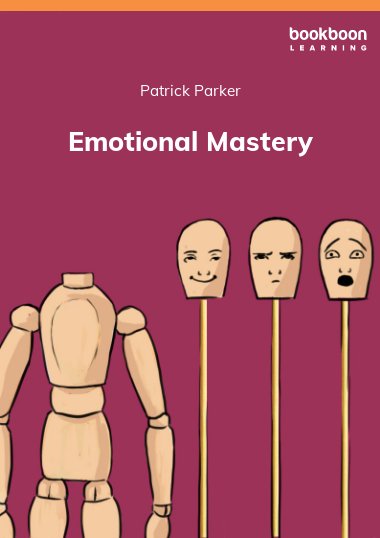This fourth volume in the Inner Leadership Business Series explores the value of emotion and demonstrates how a lack of emotional mastery creates problems. It provides a sensible and practical framework for quickly moving from a state of heightened emotion to grounded wisdom, where the most effective decision making and communication can take place. Emotional mastery can aid a leader in finding meaning, harnessing intuition and creativity, and self-management.
About the Author
As a coach, speaker, and author, Patrick Parker has delivered Inner Leadership to leaders and organizations throughout the United States and internationally. This framework is based on the premise that once people go within themselves to explore, discover, and apply soft skills, unimaginable new external solutions and opportunities arise. Patrick is a Certified Executive Coach and holds the Professional Certified Coach credential through the International Coach Federation. His work is influenced by experience as a Licensed Master Social Worker as well as his first career in classical music, through which he earned a doctorate degree and held leadership positions in churches, universities, and a nonprofit.

